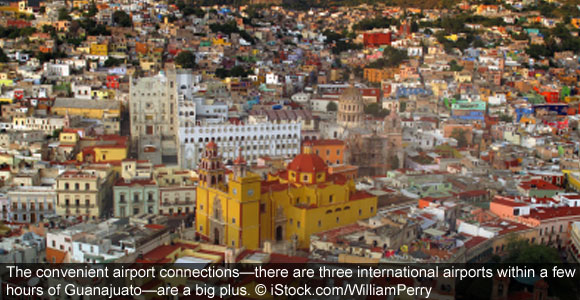
With Our Child in Colonial Mexico
I think I’ve found our place.” That’s what Tim Leffel told his wife Donna after his fi rst visit to Guanajuato, Mexico.

I think I’ve found our place.” That’s what Tim Leffel told his wife Donna after his fi rst visit to Guanajuato, Mexico.
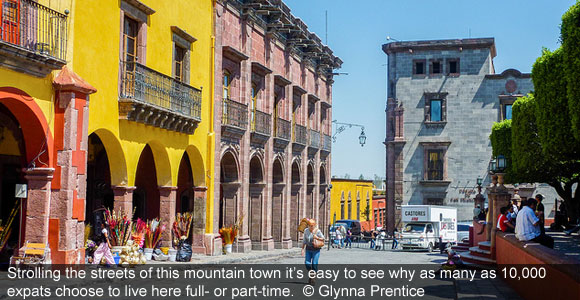
I’m sitting in a rooftop restaurant in San Miguel de Allende, sipping on a margarita from a frosted, salt-rimmed goblet. Below me stretches out a cityscape of tiled rooftops, gaily-colored colonial buildings and cobbled streets. Shadows are lengthening, and as night falls and the air cools, locals, expats, and tourists will throng the town’s main square.
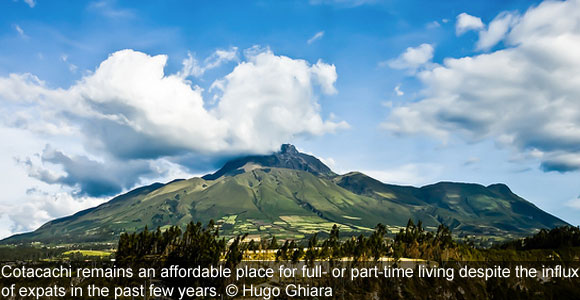
If you’re looking for affordable mountain living with U.S.-style comfort, then put Cotacachi, Ecuador, on your short list.

When Colorado residents Matt and Diana Scherr planned their current 20-month stint in Cuenca, Ecuador, one key issue was schooling for their two sons, ages four and six. Their solution: to home-school along with enrolling the boys at the private Santana School in Cuenca. The quality of education at Santana “competes with Vail,” where they lived before, says Matt.
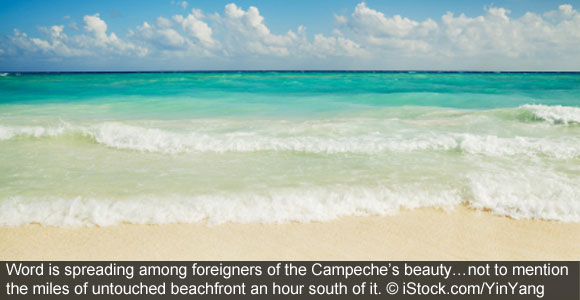
Early on Sunday mornings, when the air is fresh and cool and the Gulf of Mexico’s blue waters are still as glass, I often walk along the malecón—seaside boardwalk—that is a five-minute walk from my house in Campeche, Mexico.
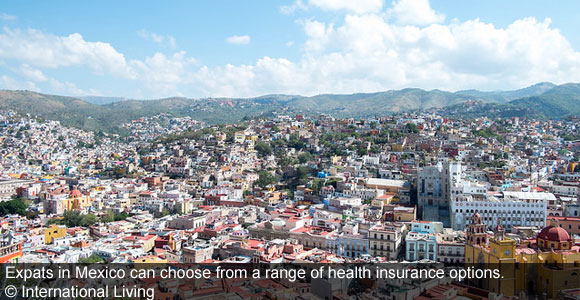
One of the biggest benefits of moving abroad is the possibility of gaining access to good, inexpensive health care. In so many of the countries we cover regularly—like Mexico, Ecuador and Panama, for instance—you'll find you can get care as good (and perhaps better) than what you're used to. And it will cost you half or even less what you pay up north.
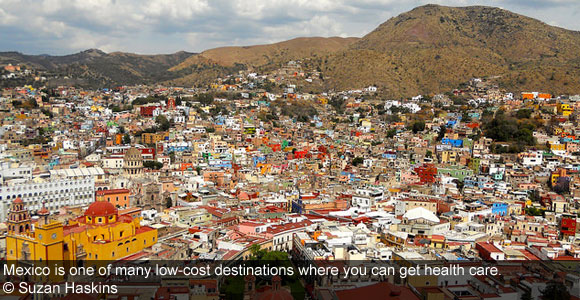
What do you do for health insurance if you retire abroad at age 65 or older? Some U.S. expats are relying on their Medicare coverage. But this only pays for medical care performed in the U.S. Why not use your Medicare as part of a three-pronged health-insurance strategy that also includes local health care and a medical-evacuation policy for emergencies?
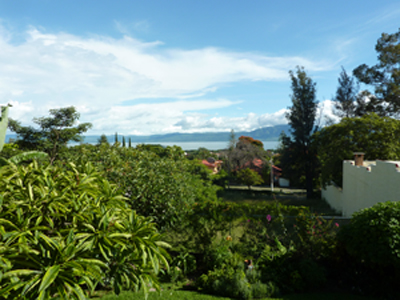
Who would expect to find a virtually undiscovered area, with real estate bargains, less than 20 miles from one of the world’s largest expat communities? I certainly didn’t. Yet that’s just what I found on a recent visit to Lake Chapala, Mexico.
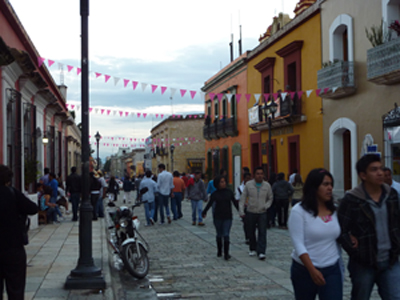
It’s early evening and the tall street lights with their hanging lanterns have just come on in Santo Domingo square, casting warm circles of golden light.
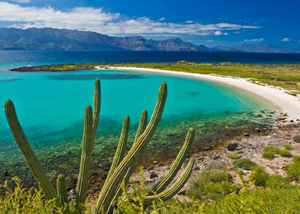
For 30 years, IL has been writing about the good life in Mexico—a haven for more U.S. expats than any other Latin American country.